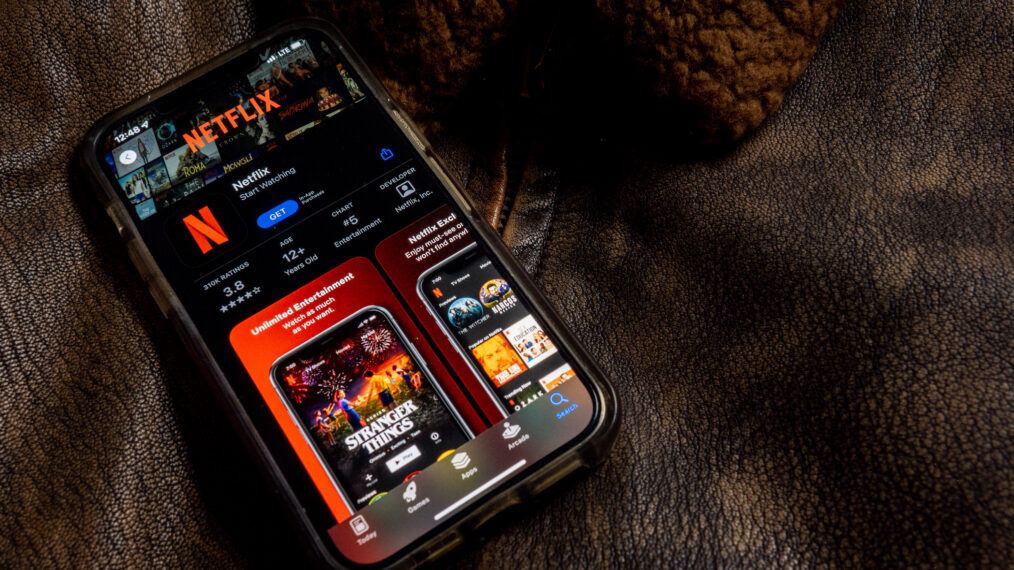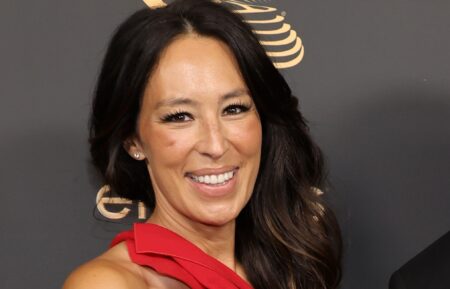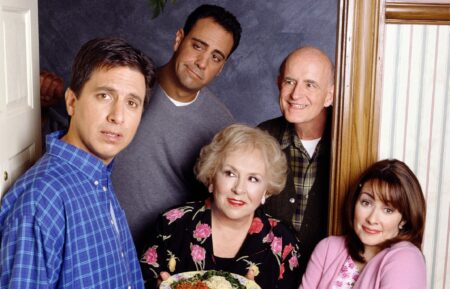What You Need to Know About Netflix’s Account-Sharing Crackdown

Netflix is making it harder to share your account password with friends and family. Starting in early 2023, it will cost money to share a Netflix account on devices primarily used outside of the account holder’s home.
Netflix uses “information such as IP addresses, device IDs, and account activity from devices signed into the Netflix account” to determine whether a device is in the holder’s home, per the streamer’s Help Center. And there is a verification process in place to assure the person logging in from a different IP address or device is authorized to do so.
Earlier this year, Netflix announced it started losing subscribers for the first time in a decade in a letter to shareholders. They predict account sharing is partially to blame for this, so to increase profits, the streamer will charge people to share their accounts with people outside of their homes and discourage password sharing altogether.
In the company’s ideal world, everyone would subscribe to monthly payments on their own. But families and roommates exist, so they can’t very well charge everyone. They can, however, try and force peoples’ wallets who don’t live in the account holder’s home, which brings us to account sharing fees. This plan relies entirely upon the cooperation of consumers, many of whom are none too pleased by this account-sharing crackdown and may consider cancelling their subscriptions altogether.
so netflix is killing password sharing and the crazy part is, i would rather just not have access to netflix than deal with device verification and sending my buddy who’s the “account holder” $2.99 every month lmao
— KANG STAN ACCOUNT (@lord_anarchy) October 23, 2022
The streamer is letting accounts be shared in the same house, assuming that will allow family members and roommates to share one account. But plenty of primary account holders allow access to family members in different states. Many Netflix users are dismayed that they will now be charged for alleviating a cost for their loved ones.
So why did I have to pay for the 4 screen option me and for my elderly parents to watch movies in their own home? To know have to cancel the account, because is not even worth it anymore. Really sharing the greed right now, love is gone.
— Cristian Matos (@CristianMatos03) October 21, 2022
Netflix announced the impending changes on Monday, October 24, so the change is coming whether consumers like it or not. On the other hand, it’s consumers’ prerogative to leave the platform altogether if they don’t like the goods provided and the cost of them.
That said, here’s everything you need to know about Netflix’s account sharing crackdown.
When is it happening?
Early 2023. Tests on the new setup have been running on accounts in Chile, Costa Rica, and Peru since March.
Who will it affect?
Netflix account holders and the people outside of their homes who use their accounts.
Can you still share?
Yes. Devices registered to the account holder’s IP address (aka sharing the same primary WiFi network) can still have their own profile through an account holder’s subscription. Users may be asked to verify their devices when traveling, whether it be for vacation or if they live between different homes. The number of allowed profiles varies per chosen subscription plan. A four-digit verification code will be needed to approve sign-in in certain cases.
As for password-sharers, the Help Center states: “When a device outside of your household signs in to an account or is used persistently, we may ask you to verify that device before it can be used to watch Netflix or switch your Netflix household. We do this to confirm that the device using the account is authorized to do so.”
You will still be able to share your Netflix login info with those outside of your home when the change takes effect in 2023, but it will now come at a price.
Netflix recently announced its new Profile Transfer tool for users wanting to switch from having a sub-account to getting their own individual subscription. Basically, Netflix’s Profile Transfer tool will allow sub-account profiles (with their “personalized recommendations, viewing history, My List, saved games, and other settings”) copied and pasted to a new independent account.
This feature is in part meant to help people get their own accounts without starting over after, say, a breakup. Profile Transfers will allow people to take care of the awkward task of getting your ex out of your account and vice versa. But this tool is also part of the pricing crackdown.
Will there be a price increase?
Yes. Account-sharing will soon add fees to your monthly Netflix bill, but the streamer has not yet announced how much it will cost in different countries. It was priced at $2.99 in U.S. dollars during the test-runs in Chile, Costa Rica, and Peru. It’s not clear if account holders will be charged one flat fee if they share their account outside their “Netflix Household” or if they will be charged per share per month.
“People who do not live in your household will need to use their own account to watch Netflix,” the Help Center states. “It’s easy to sign up for Netflix and we offer a variety of plans. As always, members can change plans or cancel at any time. When a device outside of your household signs in to an account or is used persistently, we may ask you to verify that device before it can be used to watch Netflix or switch your Netflix household. We do this to confirm that the device using the account is authorized to do so … Netflix will not automatically charge you if you share your account with someone who doesn’t live with you.”
Netflix will soon launch an ad-supported subscription tier as well.
Will I be locked out of my Netflix profile?
No. In an October 24 email to account holders, Netflix said allowing the Profile Transfer tool “will not sign out other devices on your account or block anyone from using your Netflix. There is no charge for allowing this feature, and we will never transfer your payment information to the new account. Kids profiles and PIN-protected profiles cannot be transferred.”
Allowing transfers must first be turned on on an account for these changes to happen. The email included an “allow transfers” button at the bottom to streamline the process.
“You can always turn off profile transfers on your account settings page. This feature will automatically be disabled for your account in two years.”
Netflix will not automatically charge you if you share your account with someone who doesn’t live with you.
From TV Guide Magazine
Behind the Scenes With Gordon Ramsay: 20 Years of Cooking Up TV Hits
The celebrity chef reflects on redefining culinary television and his fiery journey Hell’s Kitchen to Secret Service. Read the story now on TV Insider.









